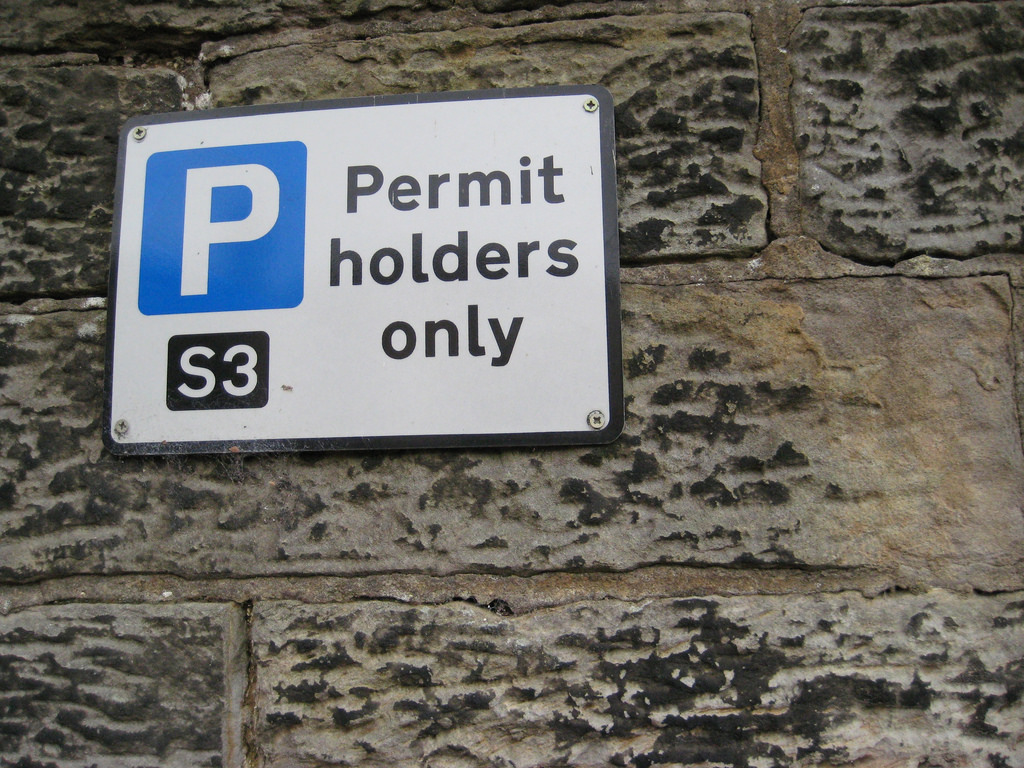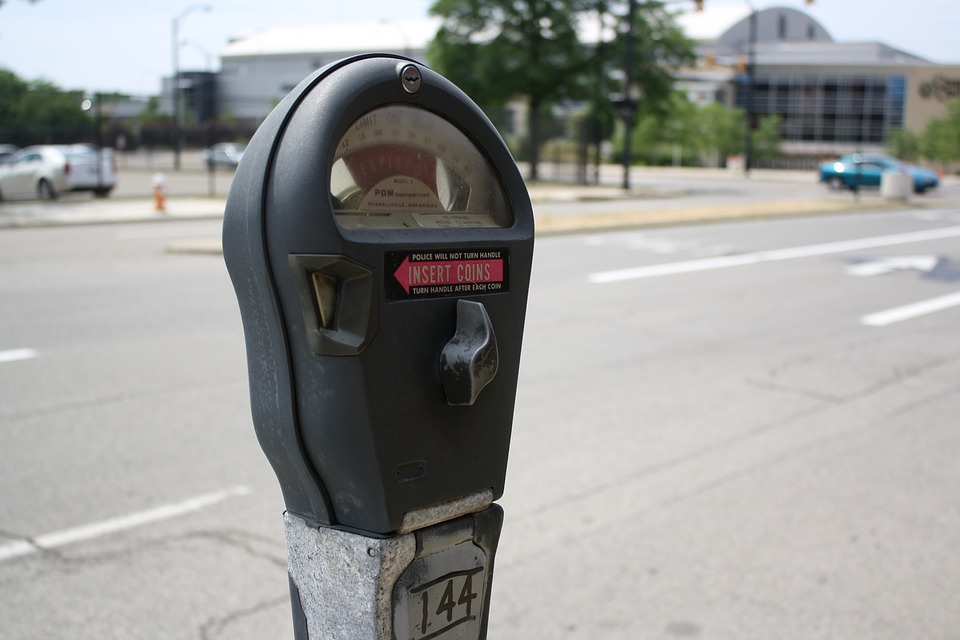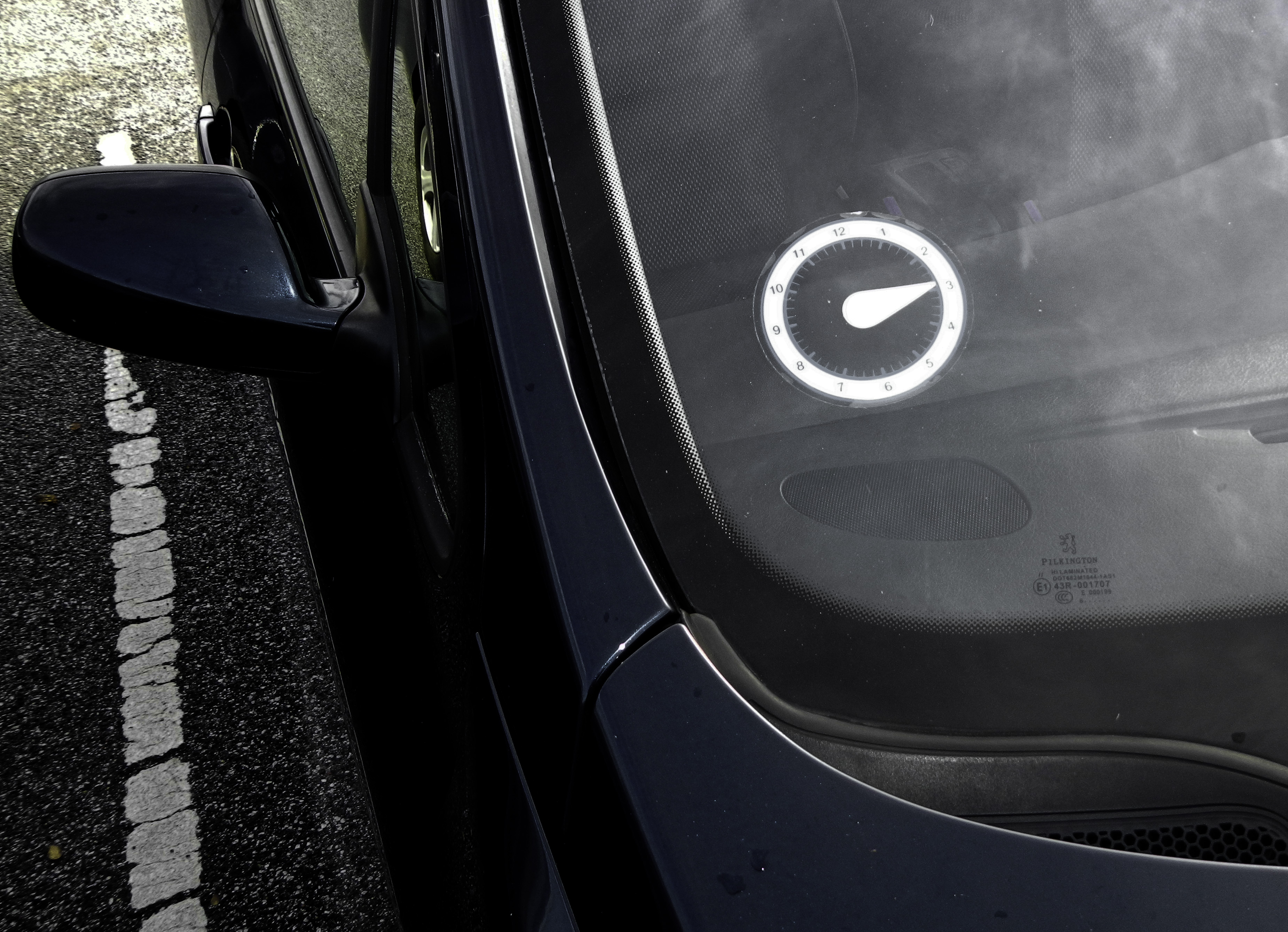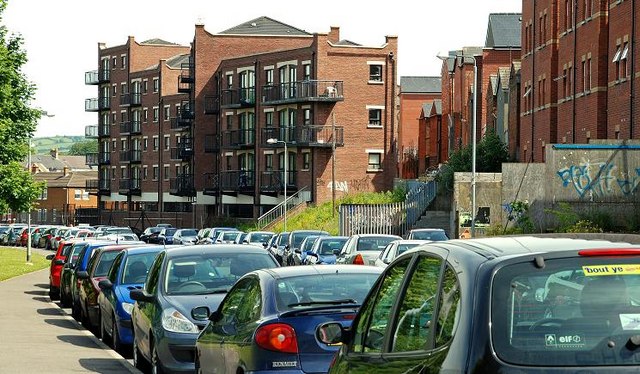An Overview: Types of Some Common Parking Restrictions2 min read
As cities see burgeoning traffic and dwindling parking spaces, they install parking restrictions to ensure safety and order. Let’s take a look at some common parking restrictions and how they affect one’s parking experience.
1. Permits
The first thing to take into account when parking your vehicle is whether you have the permission to do so. While most parking lots are accessible to the general public, there are private parking lots where only people of a certain area may be allowed to park their vehicle. For instance, someone who is visiting a college campus may not be allowed to park their vehicle at the premises.
Permits allow parking in a designated area through the use of RFID, hangtag, virtual records, license plate recognition, etc. At times, permits are lifted during certain hours of the day, but you will generally see a board indicating who is allowed to park in the facility.
2. Pay for parking
Paying for parking can be a restriction in the case of both on and off-street parking. City centers sometimes use a parking meter to manage payment for on-street parking. Typically, there is a time limit for parking. While older meters only allow cash as payment, smart parking meters allow customers to pay by phone or by card. Pay and display is another way to pay for parking with a parking ticket handed out to the customer. While pay and display systems can serve multiple parking spaces, meters can be used at only a single one.
3. Time limits
Sometimes, parking restrictions can come in the form of time limits. In controlled parking zones, parking is paid for certain hours of the day and the rest are free. Short-term parking spaces allow parking for a short period of time, typically used to encourage traffic to a store, etc. Some facilities monitor the time limit through the use of disks placed on the dashboard. Enforcement officers can thus see at how long the car has been parked for. Disk parking is employed at spaces that have a time limit but don’t charge for parking.
In coupon parking, a mix of disk and pay-and-display parking, the vehicle owner purchases coupons, filling out the date and time. He must then place the coupon on the dashboard. While a disk is reusable, a coupon can only be used once.
4. Residential parking space
Residential parking spaces are meant for the residents of a particular neighborhood and don’t allow visitors to park. Parking without a permit in such spaces can attract a fine.
Parking restrictions exist for a reason, prime among them is reducing the instances of traffic rule violation. It is important we respect them to make way for safer, cleaner, and less-congested cities.







